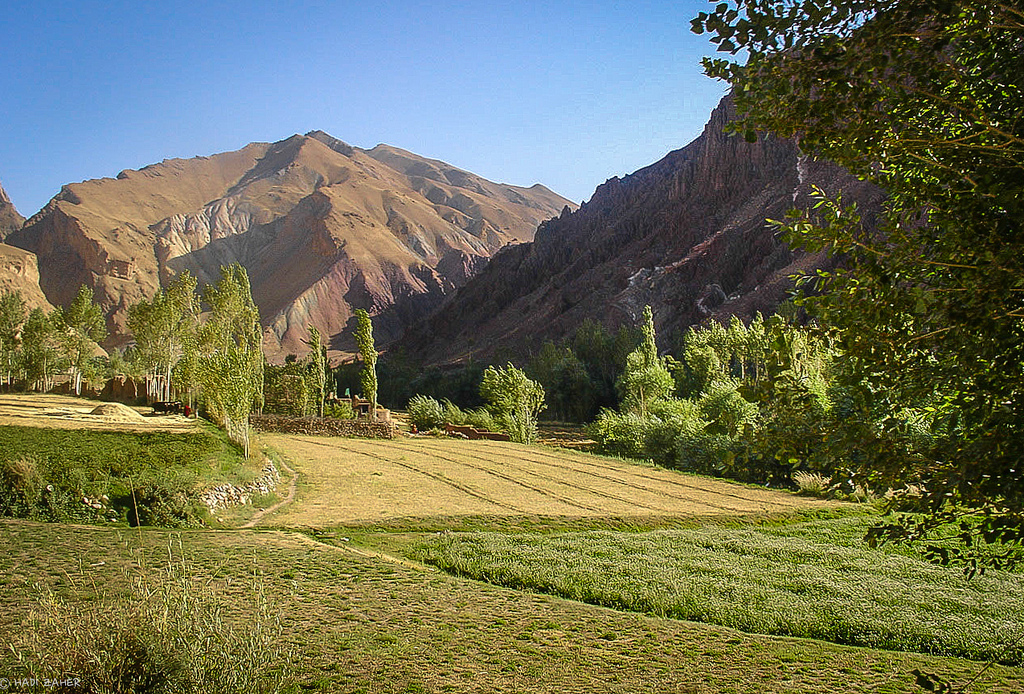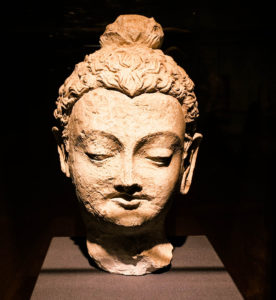Of the news coming out of Afghanistan in recent years, the rediscovery of national treasures once thought to be destroyed is some of the most exciting. During decades of war, and even in the aftermath, looters and pillagers stole antiquities and treasures from ancient sites, museums, and other places of note. These rarities have either been destroyed, smuggled out of the country, or sold to black market dealers.
Thankfully, the diligent work of archaeologists, historians, and police to recover key pieces of Afghanistan’s history has restored a sense of national pride and awareness to the Afghan people.
Afghanistan’s Heritage
As a key point in the famed Silk Road, Afghanistan has a long, rich heritage of cultural and historical significance. Along the international roadway, ancient cultures and religions crisscrossed the Middle East, leaving artifacts and traditions behind. Influences from Greece, Rome, Egypt, India, and China can be seen in the artifacts found within the nation, providing a tangible history that demonstrates both the importance and the longevity of Afghanistan’s culture.
The Bactrian Hoard
More than 20,000 artifacts from the ancient nation of Bactria, once located along the Silk Road, were thought lost during the years of war and turmoil following the Soviet invasion of Afghanistan in 1979. In late 2003, however, Afghan officials discovered the entire collection hidden in boxes below the Presidential Palace in Kabul. The restoration of these pieces to the Afghan people was one of the first glimmers of hope for the eventual rebuilding of the nation.
The Heathrow Collection
Over the years, priceless artifacts from the oft-looted National Museum of Afghanistan have been slowly accumulating at Heathrow Airport, evidence of the booming black market for antiquities. Fortunately, airport and museum officials have worked together to return the items to the National Museum, recovering 3.4 tons of antiquities over six years. Arranging the delivery took nearly a year and required the cooperation of dozens of people around the world. Officials catalogued more than 1,500 pieces, some dating back 8,000 years.
The Recovery
Much of the museum’s extensive collection was hidden from looters during the years of war, but nearly 70,000 pieces were stolen from the reserve inventory. The museum director, Omara Khan Masoudi, began a recovery mission that spanned the globe and at many times resembled an adventure story brought to life.
British diplomats flying in to Kabul notified Masoudi of the pile-up of confiscated artifacts at Heathrow. Using museum catalogs, he compared the recovered pieces to the lists of stolen items and discovered that none of them were a match. After much research, it was discovered that the Heathrow collection was comprised of pieces that had been illegally excavated and were being exported without permits. Due to the illegal excavation, most of the recovered pieces lost their identity markers, making them unverifiable for museum display.
Continued Recovery
The recovery effort and multi-national network of cooperation persists even today. Artifacts continue to be recovered at Heathrow Airport, a heavily used gateway for objects being smuggled out of the Middle East. Working with antiquities experts from Afghanistan, custom officials at the airport have compiled a “Red List” detailing thousands of artifacts that have been lost or stolen during the decades of war. Officials perform random searches of passengers, finding artifacts tucked into hidden compartments or checked into carryon luggage. They also find objects on customs forms incorrectly declared or valued in an effort to downplay their importance.
Continued Looting
Even as the nation rebuilds, individuals continue to pillage ancient sites and smuggle artifacts out of the country. Due to the nation’s economic instability, villagers are forced to loot and resell these objects as a source of income. Archaeologists and historians, working in conjunction with law enforcement officials, are establishing protocols to quell the tide of artifacts leaving the country, but they have been unsuccessful thus far.
More Than Artifacts
While the recovery of artifacts and historical objects is important to the cultural history of Afghanistan, it is important on another level that may not be immediately obvious. To people that have been traumatized by war, fighting, and oppressive rule, the re-emergence of pieces of their history restores a sense of identity and pride. An entire generation of Afghans can learn about the country’s rich heritage, which had been feared forever lost. Combined efforts of government officials, non-governmental organizations, and determined citizens are helping to rebuild Afghanistan, preparing for a future beyond the years of war.


